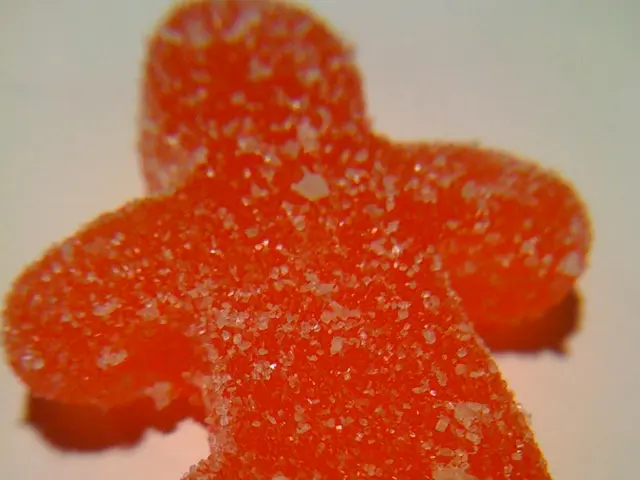Unanticipated advancements in suspended animation have been made, but not in the manner you might assume.
In the harsh winter conditions, some animals have evolved a remarkable method of survival - hibernation. This natural phenomenon involves a significant drop in body temperature and a slowing down of metabolic processes, allowing these creatures to conserve energy and endure the cold months with minimal consumption.
Unlike hibernation, suspended animation is a scientific technique, primarily used in medical settings for delayed resuscitation, particularly for heart attack victims. In the realm of science fiction, suspended animation is often depicted as a means for interstellar travel, but this remains more fanciful than factual.
Hibernation is a common method among various animals, including larger mammals like American black bears. During hibernation, these bears reduce their metabolic rate by a quarter, dropping their body temperature from 36°C to 30°C (96°F to 86°F). This drop in temperature aids in energy conservation during long periods of inactivity.
On the other hand, smaller rodents like mice and hedgehogs allow their body temperatures to drop to near-freezing, causing a massive slowdown of their breathing and heart rates. This extreme drop in temperature is necessary for their survival during hibernation.
Interestingly, the North American wood frog employs a unique strategy to survive winter. It flushes its cells with glucose, acting as nature's antifreeze, allowing the frog to freeze without its cells being damaged.
Researchers are making strides in understanding and inducing metabolic suppression states in humans, inspired by natural hibernators and extremophiles. SpaceWorks Enterprises, funded by NASA, is developing "torpor-inducing" technology to reduce astronaut metabolism for long-duration spaceflights, such as missions to Mars. However, it's important to note that humans do not naturally hibernate, and their approach is to mimic aspects of animal hibernators.
Advances in molecular biology are revealing proteins in organisms like tardigrades, which survive extreme stresses via suspended animation, that could potentially stabilize human cells or tissues for prolonged preservation. These discoveries might lead to medical or space applications, slowing cellular processes or aging, but they do not yet translate to whole-body human suspended animation.
Concepts for interstellar travel envision long-term human preservation, but these depend on far future technologies combining metabolic suppression with advanced spacecraft designs, artificial intelligence, and radiation shielding. These remain conceptual or in very early stages.
In summary, while significant progress is being made in understanding and inducing limited metabolic suppression states in humans inspired by natural hibernators and extremophiles, actual human suspended animation as seen in science fiction remains a goal for the future rather than current reality.
[1] SpaceWorks Enterprises - https://www.spaceworks.space/ [2] Tardigrades - https://www.nature.com/articles/nature25406 [3] Interstellar travel - https://arxiv.org/abs/1809.06565
- Scientific advancements have led to the development of suspended animation for medical settings, primarily for delayed resuscitation.
- In the domain of science fiction, suspended animation is often portrayed as a means for interstellar travel, but this is more fantasy than fact.
- The North American wood frog, an example from nature, employs a unique strategy, flushing its cells with glucose in winter, acting as a natural antifreeze.
- Researchers are working to understand and induce metabolic suppression states in humans, inspired by natural hibernators and extremophiles.
- SpaceWorks Enterprises, with funding from NASA, is researching "torpor-inducing" technology to reduce astronaut metabolism for long-duration spaceflights.
- The future may hold technologies combining metabolic suppression with advanced spacecraft designs, artificial intelligence, and radiation shielding for long-term human preservation during interstellar travel, but these remain conceptual or in very early stages.








